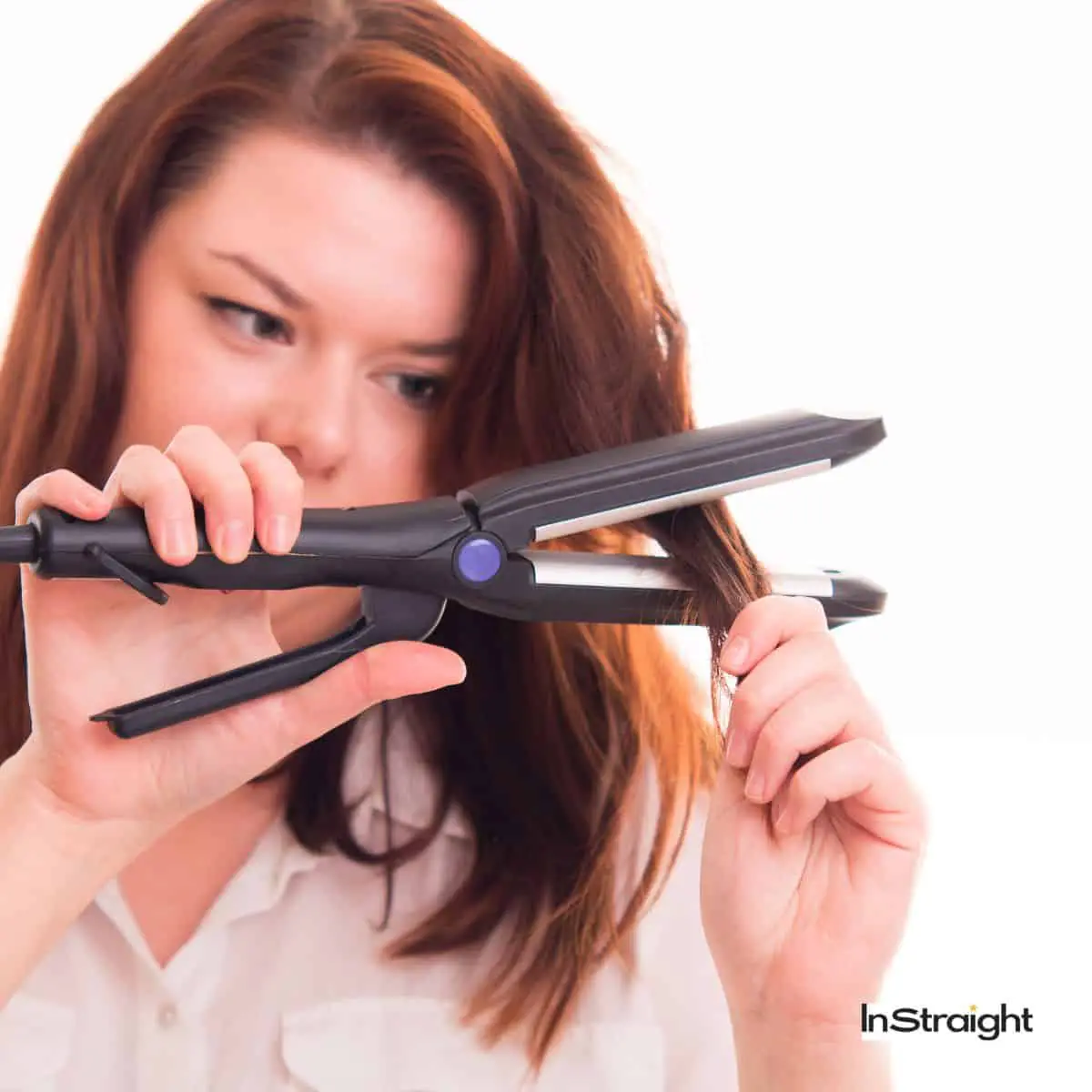I know you’ve all been wondering: Does hair straightener kill lice?
They are pretty handy when fixing that mess on your head on a bad hair day, but what about the rumors? Is it true that they also act as a remedy against lice?
In short, yes, you can use a hair straightener to kill lice, but it needs to be above a specific temperature for it to work.
Keep reading to find out.
Key Takeaways
- The temperature needs to be above 128.3 degrees Fahrenheit
- Excessive use can be dangerous as it can cause skin and hair damage
- Other methods include using petroleum jelly, oils, and antiseptics
Can Heat Kill Lice and Nits?
Direct heat does kill lice, but only at a high temperature of 128.3 degrees Fahrenheit. (1) At this temperature or higher, you may soak, wash, or dry items with lice infestation.
Similarly, using high-heat tools such as straighteners or hair dryers can also kill the lice and nits, as a flat iron usually gets to as high as 450 degrees, making it an effective method for head lice removal.
How Can We Kill Lice Using A Hair Straightener?
To kill adult lice and nymphs, run your straightener down your hair as you usually would, and you should hear the lice bugs pop and sizzle, burning to a crisp.
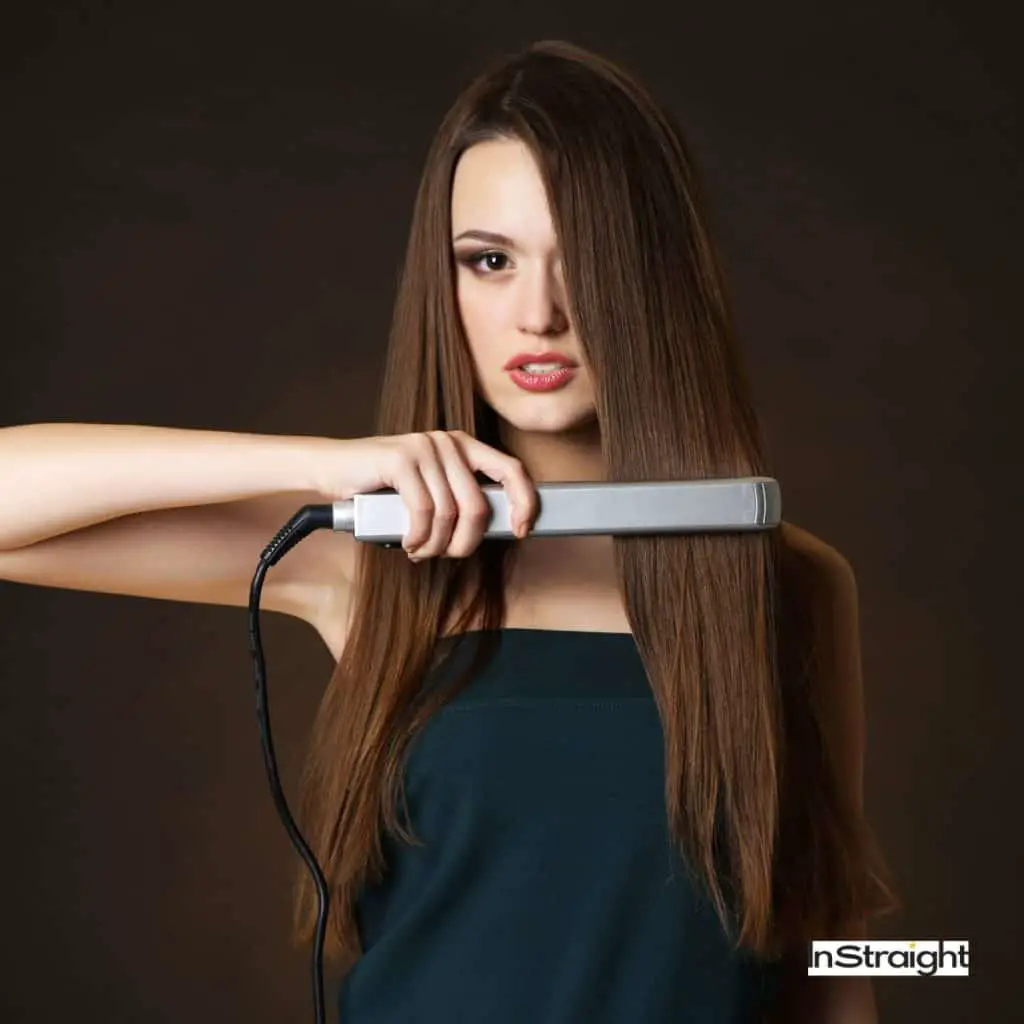
It is best done by dividing your hair into sections and going over one strand of hair multiple times, paying particular attention to lice bugs until all your hair strands have received adequate flat iron heat to kill the lice.
Should You Use A Flat Iron Hair Straightener To Kill Lice Bugs?
Using flat ironing to kill lice has pros and cons. Considering the pros first, it’s a readily available method. Everybody has a flat iron hair straightener at home nowadays. Second, it’s a fast and effective method; it kills all head lice it touches.
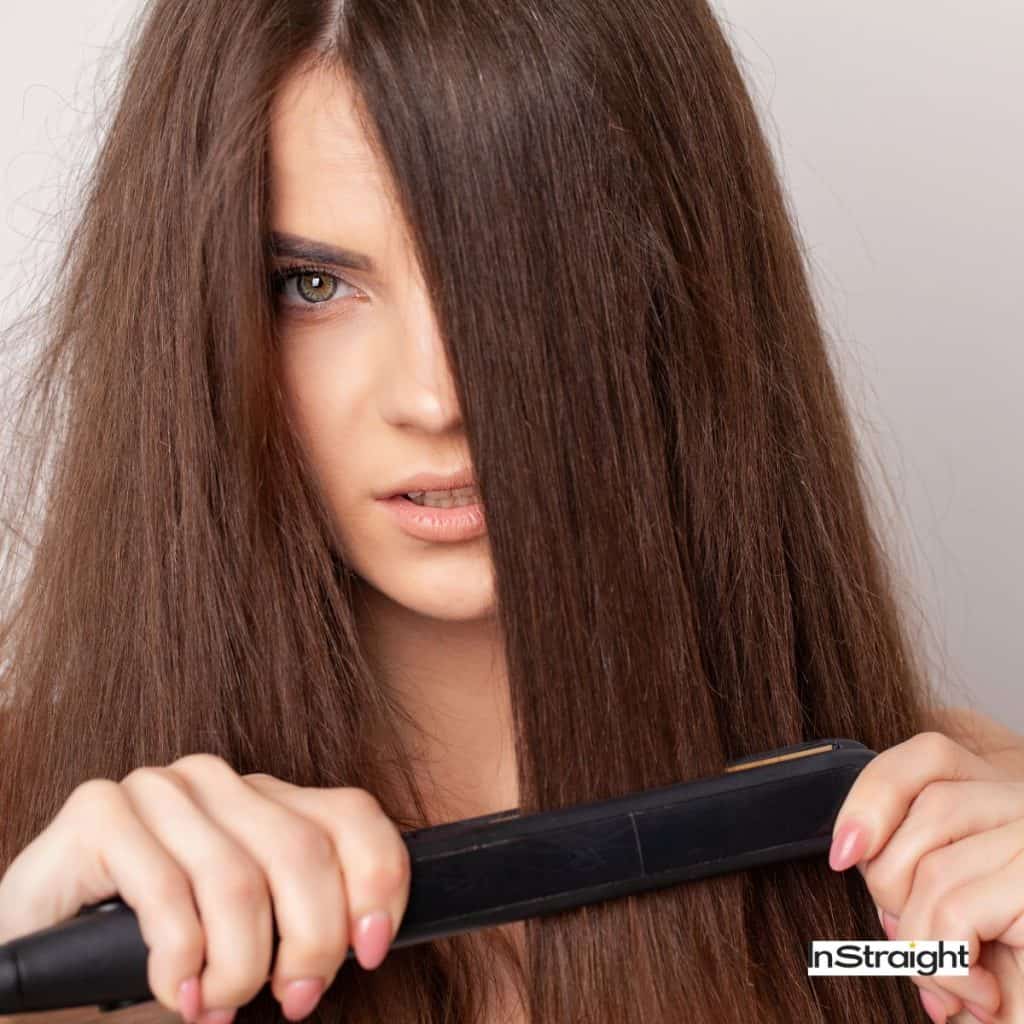
While straightening, the head lice may move to an area you have already covered; hence, you may miss a few lice. If you’re considering investing in a hair straightener, these are the 5 best hair straightening iron that may interest you.
Another downside is that most lice are near the scalp, which is a more challenging area to reach via a flat iron; thus, the lice are comparatively harder to kill. If you get it directly onto your scalp, you may end up with severe burns.
Next, let’s talk about nits, the itty bitty lice eggs that will not let the lice go entirely away from your hair.
You’ll find two types of lice eggs in your hair: a dark brown variant and a white silver one. Hatched eggs are white, while brown ones still have baby lice.
The ones you need to kill are the brown ones; they usually reside near the scalp, making it harder to get to them with a flat iron.
Hence, a flat iron is suitable as a treatment for lice bugs that may be dangling from the strands of hair. However, it won’t remove the lice bugs or the nits from the hair follicles without causing bad burns.
Thus, it won’t eradicate your head lice infestation but will help lessen the problem.
Check out the video below.
Can You Burn Your Skin While Using Hair Straightener?
Like all things hot, using a straightener may cause accidental burns to your scalp, forehead, fingers, or hair.
This problem comes with everything hot, even your kitchen pots and pans. Burns is more common for individuals who have sensitive skin or are heat sensitive.
In general, all heat-powered styling tools are a burn hazard.
Although flat irons may cause burns, you can take preventive measures to avoid them. For your hair, you can use a heat protector. You can use a heat glove readily available at most supermarkets to prevent burning your fingers.
Use conservative and slow movements while straightening your hair to avoid burning your scalp or forehead. To prevent general hazards, keep out of the reach of children and in a heat pouch.
Alternative Methods To Getting Rid Of Blood-Sucking Lice
There are many alternative methods for getting rid of lice bugs. The most common of these is using anti-lice shampoos or lotions.
These include over-the-counter ones such as permethrin lotion, piperonyl butoxide, or prescribed shampoos such as benzyl alcohol and ivermectin.
Other methods for lice removal include wet combing, using vinegar or certain oils, and using mayonnaise and antiseptics.
Petroleum jelly is also often used to treat head lice. However, these methods require continuous combing with a fine tooth comb.
READ MORE: Can Blow Dryer Kill Lice?
FAQs
Does Poor Hygiene Cause Hair Lice?
Contrary to common belief and stigma, poor hygiene does not cause hair lice. Contact transmits lice. If your head touches an infested person or if you share the same bed or household, you can quickly get infected.
How Does The Lice Life Cycle Work?
The lice life cycle has three stages, the egg, the nymph, and the adult lice bug. A male and female adult lice mate and the female lice lay eggs. The eggs then hatch, and what comes out from the egg, i.e., the baby is called a nymph.
Is It Dangerous To Use Hair Straightener For Too Long?
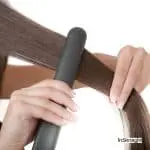
Yes, using a flat iron repeatedly for prolonged periods will damage your hair. The flat iron heat can cause irreversible damage to the hair strand internally by weakening and breaking the hydrogen bonds that make up our hair shaft.
Conclusion
Lice can be a hassle and come with their fair share of embarrassment. This problem piqued my essential question: Do hair straighteners kill lice?
In summary, yes, they do, but it would need to be above 128.3 degrees Fahrenheit. Anything less than that would not get the job done. That brings me to the end of this guide. Thank you for reading.
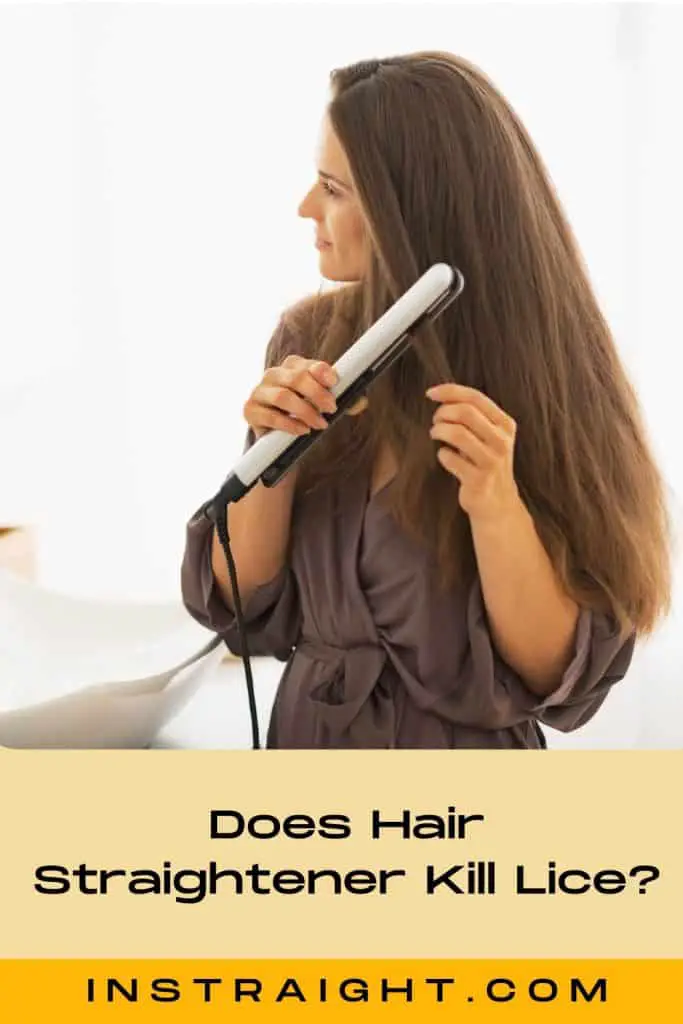
Did you ever try killing lice with a hair straightener? Don’t forget to share the experience in the comments section!
Reference:
- 1. Prevention C-C for DC and. CDC – Lice – Head Lice – General Information – Treatment FAQs [Internet]. www.cdc.gov. 2020 [cited 2022 Oct 27]. Available from: https://www.cdc.gov/parasites/lice/head/gen_info/faqs_treat.html#:~:text=Washing%2C%20soaking%2C%20or%20drying%20items
- About the Author
- Latest Posts
Edith is a self-made entrepreneur with a keen business sense that others admire and a total “can-do” attitude. She’s always coming up with new ideas to anticipate her readers’ needs and help solve all their toughest beauty and skincare problems. You can find more about her Here.
FOLLOW HER on Linkedin and FACEBOOK and ThoseGraces Beauty Blog
